I have spoken about time and gravity in my previous posts, time and time again. They both or at least one of them somehow pops up in every science article one way or another. In fact, It would be impossible to do any physics without one of them being a key aspect or a key player in any physics.
Are they fundamental or are they emergent from something else, however? We don't know for sure, but we do know that they are both closely related to space, in other words, they are related to matter, which is essentially energy!
Gravity, despite it seemingly being very intuitive and natural in our daily lives, has been one of the big issues in physics for a long time. Physicists have tried to make it fit in with the other forces in nature one way or another, to unify those forces and to arrive at a unified theory, but so far, none have been very successful.
Maybe we are getting the wrong answers because we asked the wrong questions. Never hurts to ask them, but as we will see in a bit, gravity does not seem to be a force, and it appears to be only an effect of the curvature of spacetime!
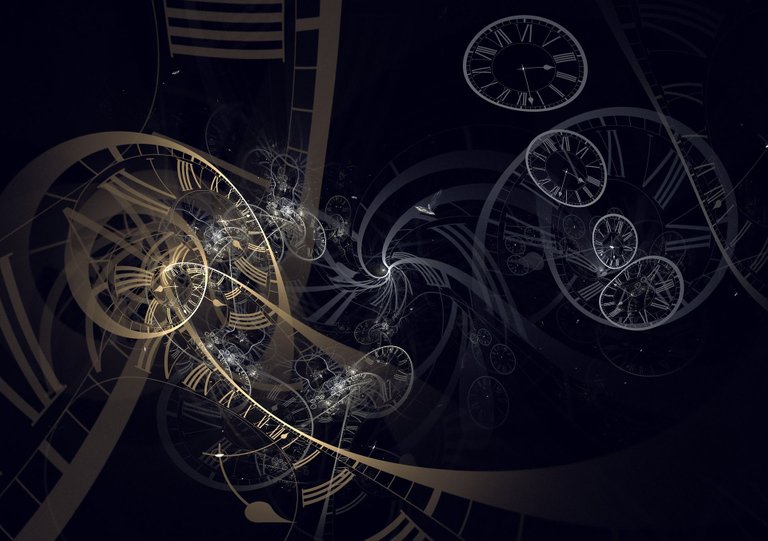
Time has been unified with space. Those two are inseparable in a continuum we now call spacetime. Time used to be thought of as unchanging, flowing everywhere all the same and at the same rate. And this has some merit for a solitary observer. For such an observer, a clock will tick for him at the same rate regardless of what he is doing or where, a rate of one second per second.
Once you have two clocks and start comparing, however, things would change. Each of those clocks would be ticking differently under different conditions. If one clock for example is stationary and the other is moving fast, the fast moving clock would experience a slightly slower amount of time passing compared to the stationary clock. This is what we call a time dilation from the special theory of relativity.
Moreover, time being part of the spacetime continuum, its flow would also depend on how space is curved between two locations, in General Relativity, it corresponds to the strength of the gravity experienced at a particular location.

Gravitational Time Dilation:
Imagine we have a very tall building that sticks out into outer space, at the ground floor we send a photon towards the top of the building. Timing the sending of the photons at exactly 1 second intervals.
At the roof of that building we place a receiver with a clock to detect those photons.
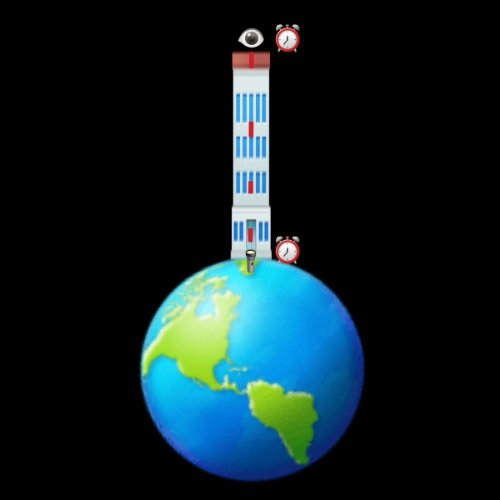
The Pound–Rebka experiment was one of the first experiments to test and confirm experimentally the existence of Gravitational time dilation in 1959, followed by others with refinements and increased precisions.

Time dilation is the reason why we have to adjust the Global Positioning System (GPS) we have, without such adjustment, the GPS system would fail really quickly. If not for those adjustments, a location would have an error of about 10 kilometers (about 6 miles) within just a day of running it.

The crazy thing about gravitational time dilation is that it doesn’t come from gravity, the gravitational attraction (gravity) is actually caused by it. And this is in fact the connection described by Einstein's field equation between mass/energy and spacetime.
The cause of the time dilation is the mass (That would be Earth in our example above). It directly causes the time dilation which causes the observed behavior we call gravity.
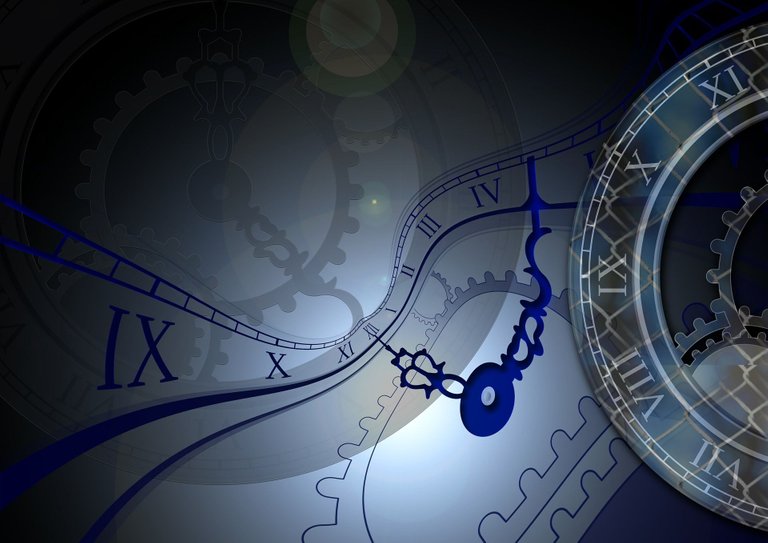
How gravitational attraction gets caused by time dilation:
As we already know, gravity makes things (mass) clump up together, and the more mass clumped up together the stronger the gravity becomes. And here’s basically how that gravitational time dilation works to produce that observed effect of gravity:
Imagine an object like a ball floating right above the ground with no other forces acting on it, and let’s forget gravity for a second. In such an example, there would be no reason for that ball to fall. Practically, Newton’s laws of motion apply to it, no unbalanced forces mean no acceleration, and that means if the ball wasn’t already moving it will not start to move, so the ball just floats there.
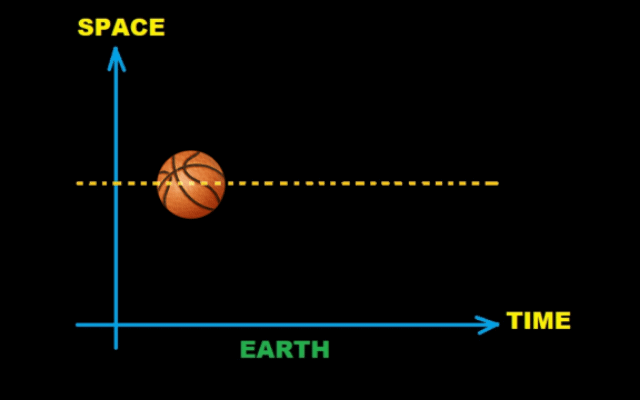
So, if we attach 2 clocks to that floating ball. One to the top of it, and another to the bottom, they will be ticking at different rates too, the difference is extremely small, but there’s a difference and that will do no matter how small it is. If we graph this on a 2 dimensional diagram considering only the up and down direction for the space direction, and the time for the sideways direction. The ball should only be moving in the time direction on that diagram, without any change for the space direction, but that wouldn’t be the case!
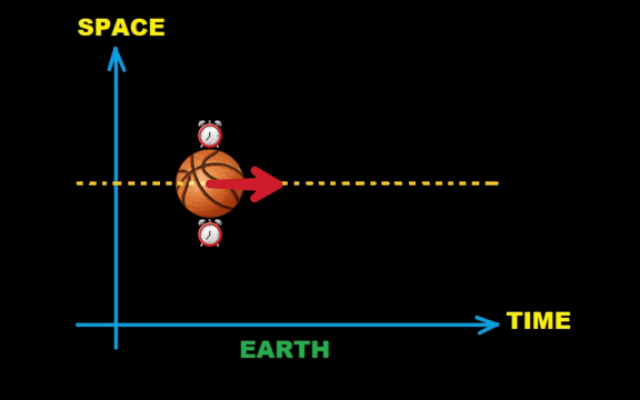
What would actually happen, is that the clock for the top of that ball would be ticking slightly faster than the clock for the bottom of that ball. This in turn would cause the top of that ball to move a tiny bit faster than the one at the bottom (which is closer to the Earth). This gradually turns the motion arrow of that ball, what is called the Four-velocity, pointing more and more towards the Earth over time. Forcing the ball’s movement in space towards the ground, or in other words, making it fall to the ground simply because of that time dilation!
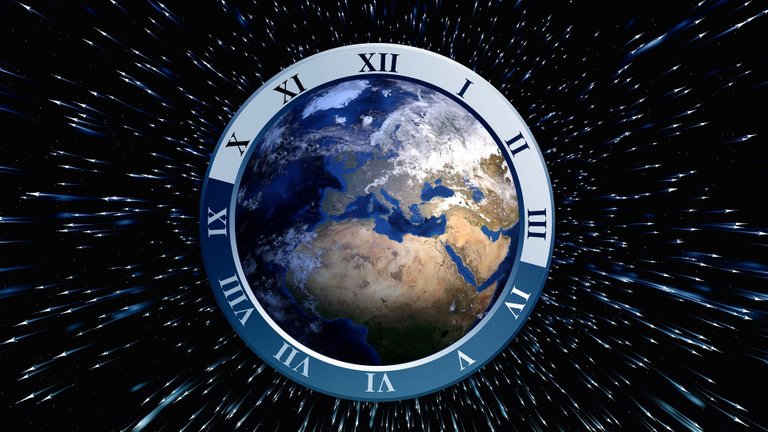
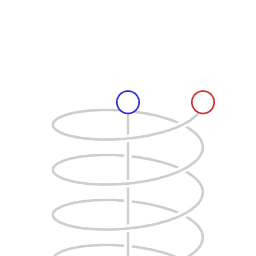
As long as time passes at different rates in different places, there will be gravity. It exists without treating it as a force. Gravity is an effect of spacetime curvature, the ball falls to the ground because there is a flow gradient in time. Same thing with say the moon orbiting Earth or a planet orbiting a star. The flow of time around objects is slowed down.
All those massive objects aren't exerting a force, time just passes slower nearby them, creating a gradient in the flow of time, which bends spacetime paths.
Time is the cause of gravity!

● Thank you for reading ●
● •
1- Spacetime | 2- Gravitational time dilation | 3- Newton’s laws of motion | 4- Four-Velocity |

© 2022 @yaziris.



